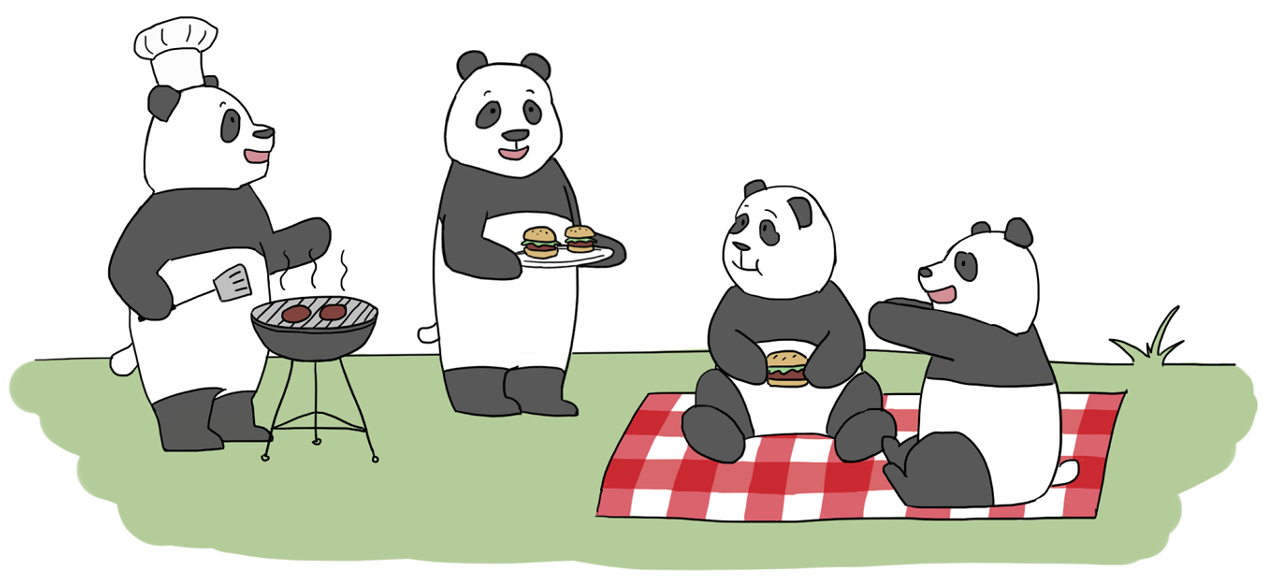I used to think that if something is patented, that means people weren't allowed to use it. But actually the patent just gives the patent owner the right to choose who can't use the invention. So even though by default patents give the power to stop others from using an invention, it’s really up to the patent owner to decide whether an invention is open or closed.
It's like if someone owns a nice patch of grassy land, they can choose who gets to play on that land.
Some may choose to keep the land all to themselves or charge a fee for others to use the land:
This is a closed patent, which is typically how patents are used.
Reducing competition by preventing others from selling the same invention or charging a fee for making or selling the invention are both common ways for the patent owner to make money from their patent rights.
Others may decide to make the land into a public park, inviting everyone to use it for free:
This is an "open" patent, which is less common and typically happens when the inventor would like more people to use or work on the invention.[1] Standards, for example, rely on more open types of patents so that the technology is accessible and can be used as widely as possible.
Finally, some inventors may decide not to get a patent at all. This would be like a plot of land without a designated owner:
Not getting a patent is the most open option of all in that no one can prevent anyone else from using the invention. It is also the most accessible option because, after all, it’s free to not get a patent. However, just as open land may be in danger of being claimed, this option leaves the invention more vulnerable to others coming along and patenting it.
The Patent Spectrum
In reality, most patents aren't fully open or fully closed but rather they exist on a spectrum of openness/closedness:
On the closed end, the owner may decide that no one is allowed to use the patent and go after anyone that decides to try. On the open end the patent owner may decide to give everyone permission to use the invention for free.
In between, the patent owner may charge a fee, called a royalty, in return for allowing someone to use their invention. How open the patent is depends on how much the royalty fee. On the more open side, another patent owner may allow anyone to use the invention for free as long as it's for educational purposes.
So why are open patents so unusual?
For one, patents themselves are quite expensive (easily costing $10,000 or more) and often difficult to get (the process typically takes at least a couple years), especially for individuals and small companies who don't have easy access to lawyers. As a result, after getting the patent, many owners will try to make back the cost of the patent through closed approaches like charging royalty fees or even selling the patent.
Meanwhile, those that would like their invention to be used openly often opt for not getting a patent at all to save on the expense and effort required to get a patent.
The thing I hope you'll remember is that just as owning land doesn't mean building fences, a patent owner can use their right to keep an invention open for others to use, just as they can use it to keep others away.
Authors: Jie Qi (Berkman Klein Center, MIT Media lab), Ben Virgin (Suffolk Law School), Carol Lin (Harvard Law School)
Illustrator: May Qi (Brown University)
External Reference Links:
[1] https://techcrunch.com/2015/04/23/open-patent-licensing/




